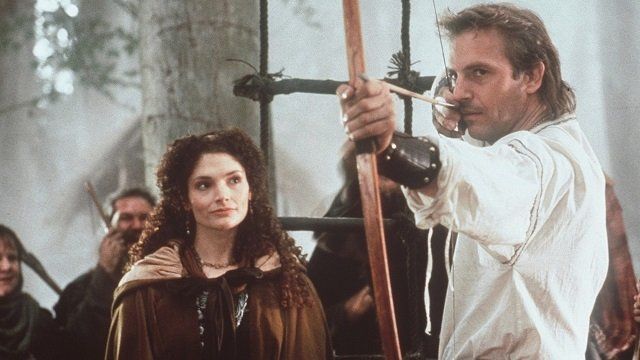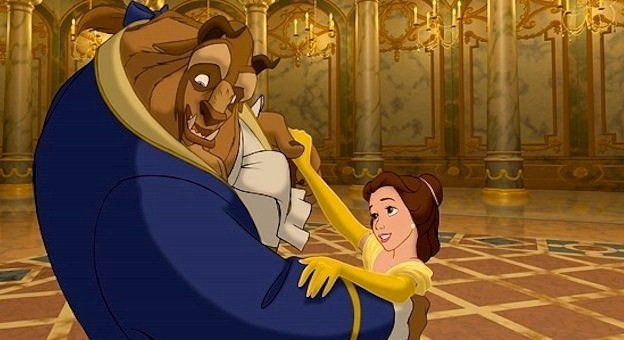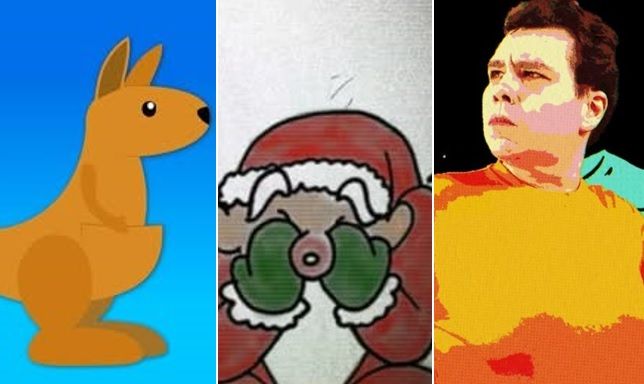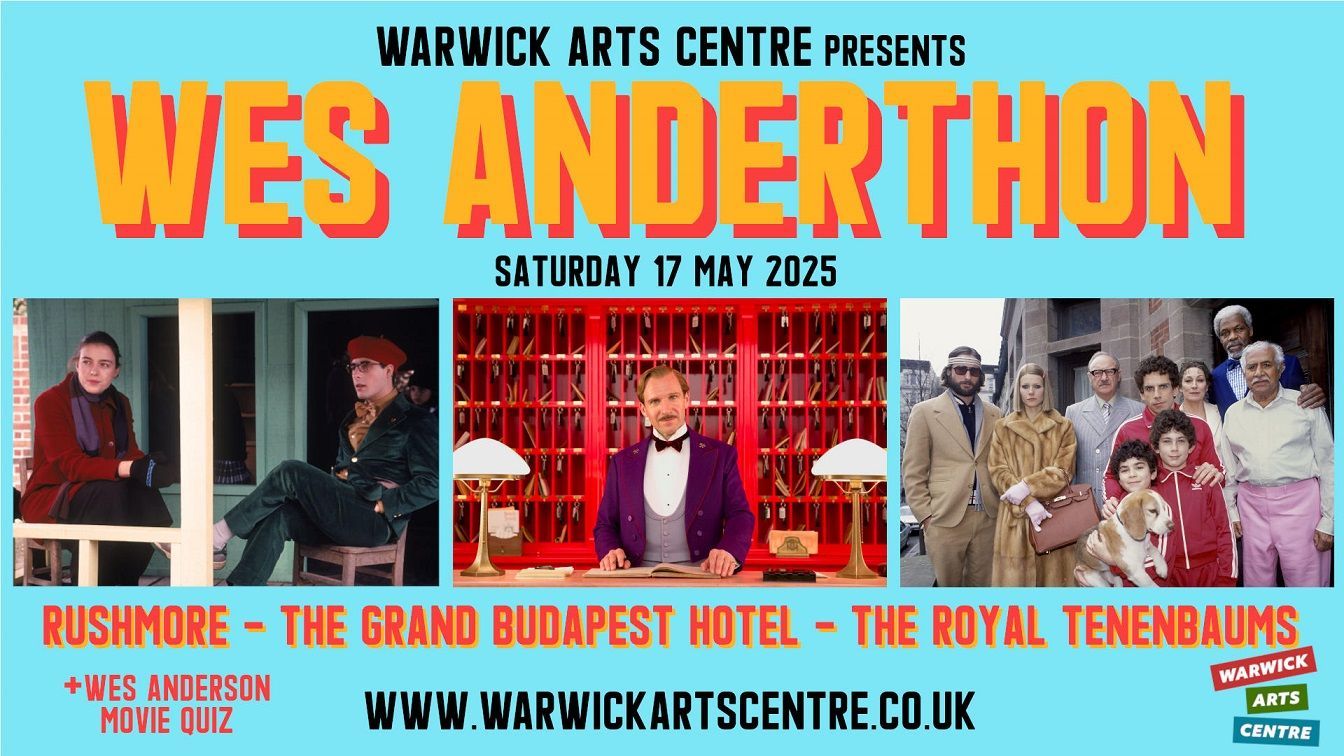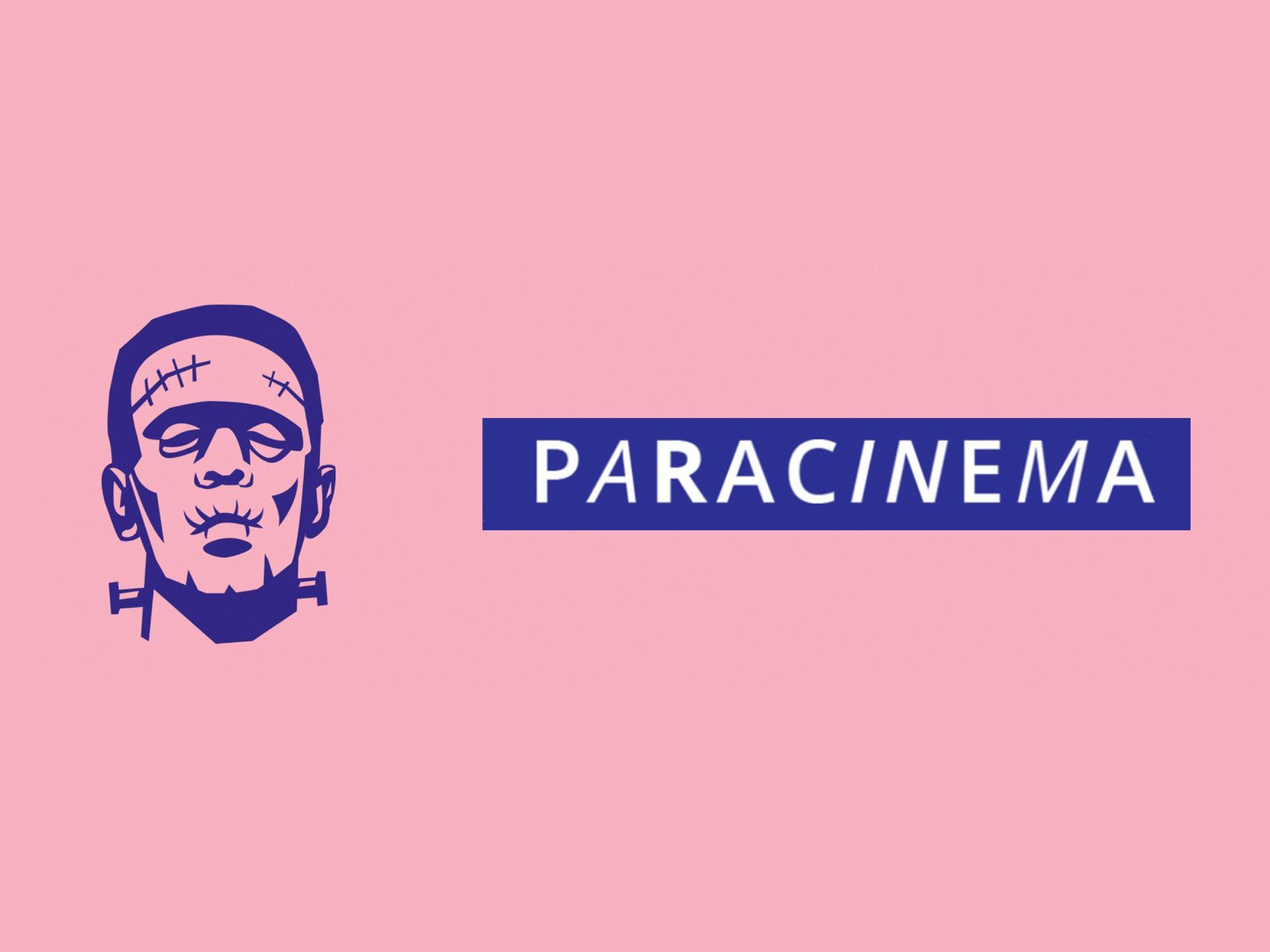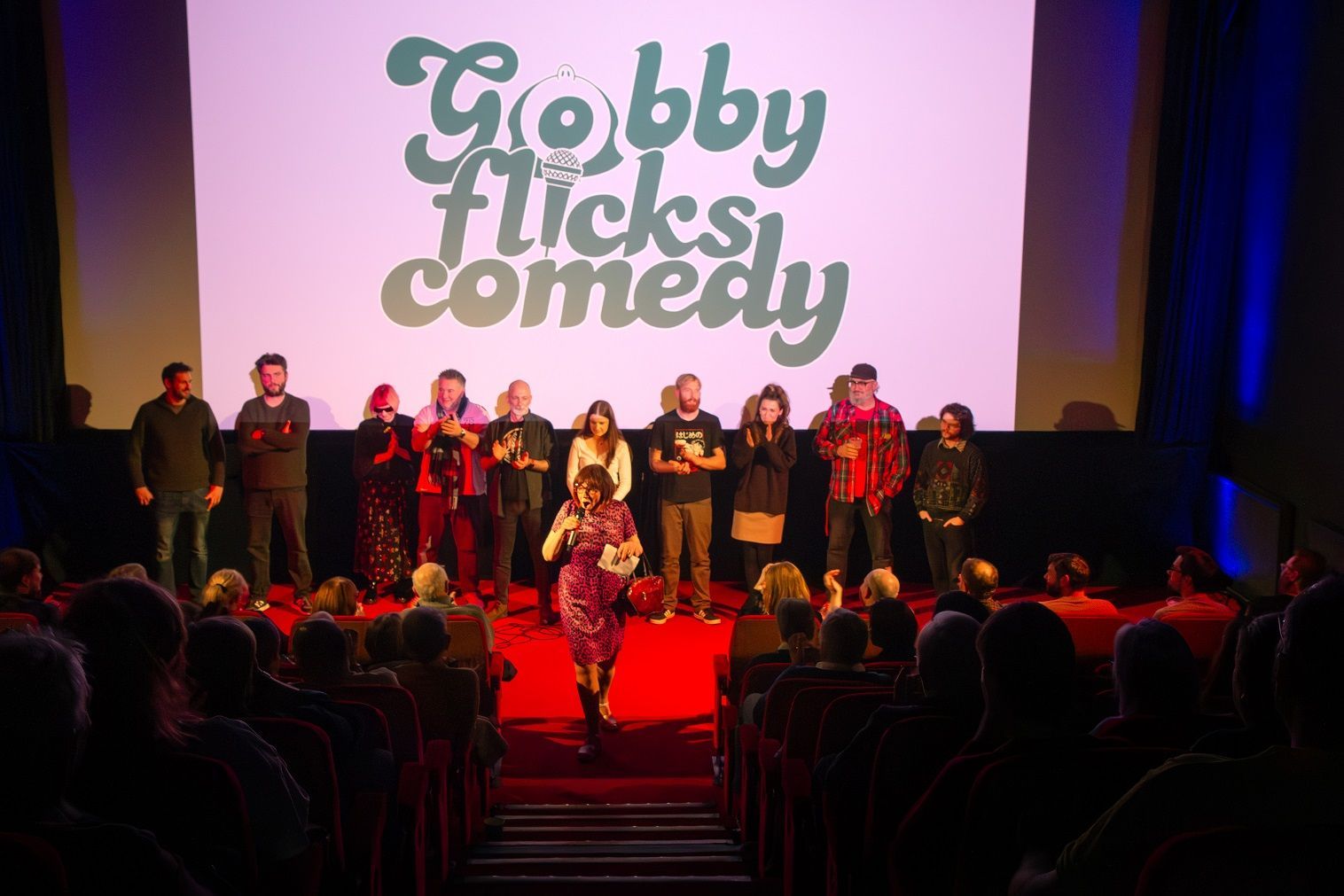Judgement Year - A Retrospective look at 1991 cinema
midlandsmovies • May 29, 2020
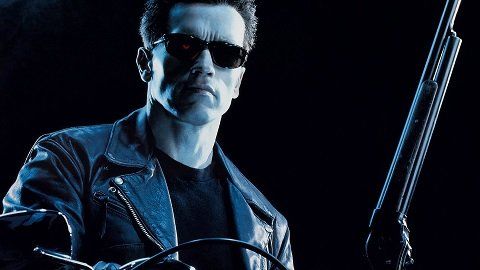
Judgement Year - A retrospective look at 1991 cinema
25 years. 25 YEARS? How did Terminator 2, one of my favourite films of all time, hit the cinema 25 years ago? Wow. As time goes by, my cinematic knowledge seems to have had an awakening in 1991, the year of its release, and much like Marty McFly and 1955, the year now has a particular significance for me.
The year 1991 involved some important events but oh how we’ve moved on since a war waged in Iraq, the European Market and closer political union were heated public debates, a Star Trek sequel was released and The Simpsons was on TV – wait, what?
Joking aside and back to film, that year gave me 2 of my top 5 movies ever – more on that later – plus a host of blockbusters, dramas and some great comedy and was a superb cinematic period that I haven’t forgotten easily.
So where do we start? Well, 2016 has been accused of being an unimaginative year of franchises, sequels and named-brand features that show the stagnation of the current film industry. The emphasis has been on Hollywood ‘product’ rather than independent originality. But was 1991 that much different?
A quick look shows that there were a glut of sequels in the summer schedule. Problem Child 2, Ninja Turtles 2: The Secret of the Ooze, Terminator 2, F/X 2: The Deadly Art of Illusion (still one of the great sequel titles), Never Ending Story 2, Naked Gun 2 ½, Bill & Ted’s Bogus Journey, Child’s Play 3, An American Tail: Fievel Goes West and Star Trek VI. And were these any good? Mostly no. Outside Terminator and Naked Gun they were mostly terrible cash-grabs which peaked with Return to the Blue Lagoon, starring Milla Jovovich and Brian Krause and the much maligned Highlander II: The Quickening. Hardly an original slate for the production companies at the time.
It wasn’t all doom and gloom however and the Academy Awards reflected that. For the first time since One Flew Over the Cuckoo’s Nest there was a clean sweep by one film in the “Big 5” categories. 1991’s The Silence of the Lambs received Oscars for Best Film, Best Director (Jonathan Demme), Best Actor (Anthony Hopkins), Best Actress (Jodie Foster) and Best Screenplay (Ted Tally).
In the year of real-life serial killer Jeffrey Dahmer, the film’s combination of frights, horror and drama fed the appetite of the cinema-going public along with a fantastically “hammy” Hopkins who created one of the most iconic characters in movie history. Foster had a great year and went on to release her own film Little Man Tate as well. With a box office of $272 million, it’s hard to imagine nowadays that a non-biopic drama could be so successful and it’s 2016’s loss that such fare gets far less attention nowadays.
More horrors were served up to audiences in ’91 with Wes Craven’s The People Under the Stairs and Martin Scorsese’s remake (yes, they were doing the same back then too) Cape Fear. De Niro gave a comparable hammy horror turn as Max Cady, the obsessed criminal stalker of Nick Nolte’s family
Remembering back, with my 11 year old self just a few years away from developing a deep love of gangster rap music, a number of significant black voices in cinema made their presence known during this year too. Jungle Fever from Spike Lee showcased Wesley Snipes whilst New Jack City directed by Mario Van Peebles also included Snipes and rapper turned actor Ice T. Sticking with hip-hop, Boyz n the Hood (John Singleton) used Ice Cube and future Oscar winner Cuba “Show Me the Money” Gooding, Jr. Another “Ice” rapper also came to prominence in 1991 as Vanilla Ice starred in his own film Cool As Ice. Which was awful in every way possible. He also did the main theme to Turtles 2 – another pile of steaming sewage.
Comedy wise, it was a great year for funnies. The Naked Gun 2½: The Smell of Fear was released by Paramount with Leslie Nielsen reprising his role. It also starred O. J. Simpson. *resists comparison to Buffalo Bill*
Another spoof released was Hot Shots! starring Charlie Sheen (the 9th biggest film of 1991!) and the laughs continued with Rik Mayall’s quirky Drop Dead Fred, Bill & Ted's Bogus Journey and Michael J. Fox in Doc Hollywood – a film which has the same story as Pixar’s Cars. Seriously, go check it out. Fox also showed up in the comedy The Hard Way to annoy James Woods’ gritty cop whilst another buddy action-thriller The Last Boy Scout also got released. Written by Shane Black, the same formula of witty one-liners in a noir Los Angeles still appears today in his latest release The Nice Guys (2016).
The most successful comedy in terms of numbers was Barry Sonnenfeld’s “reboot” of creepy and kooky TV series The Addams Family. Pulling in big names Anjelica Huston, Raúl Juliá and Christopher Lloyd and the young scene-stealing Christina Ricci as Wednesday, the film was a huge success. Itself leading to more sequels and spin offs. Not as successful but also one of the most well-known comedies from the year was Western farce City Slickers with Billy Crystal, Bruno Kirby and Jack Palance. Palance won a best supporting actor Oscar which was a Sean Connery-style aging-actor sympathy award if there ever was one.
Sappy but loveable Father of the Bride starring Steve Martin got a release as did Martin’s L.A. Story in which he also penned the screenplay for. Sadly a forgotten gem, this tale of love in the city of angels is a little seen quaint movie and well worth seeking out if you haven’t caught it late night on ITV or somesuch. Together, four comedy films brought in almost a billion dollars (you could argue Hook should be included too) and this was in 1991. Quite amazing given the highest grossing films we see in today’s box office list.
Moving away from comedy, action fans had Kathryn Bigelow’s Point Break with dirty dancer Patrick Swayze and a post-Bill & Ted Keanu Reeves beginning to show his action chops we’d eventually see more of in The Matrix, Speed and John Wick. The video game Streetfighter 2 also came out in 1991 and it would be a few years before a movie-adaptation would be made but the star of that future film Jean Claude Van Damme appeared in Double Impact. In that film audiences got double the Van-Damage as the first of many outings for JCVD where he fought himself as brother, twin or time-traveller. During the same summer, fellow future action b-lister Steven Seagal starred in his usual low-brow-no-brains schlock Out for Justice.
Was The Rock one of the first wrestlers turned actors? No way! 1991 saw Hulk Hogan starring in Suburban Commando, a film so bad it resulted in only 1993’s Mr. Nanny and not much else for the macho moustachioed man. A weird sub-genre that has also seen Schwarzenegger’s Kindergarten Cop and The Rock’s Tooth Fairy as men taking the unlikely role of children carers but that’s for another article. Feature failure Hudson Hawk (now having a somewhat retro cult status) showed that Planet Hollywood owner Bruce Willis wasn’t infallible either after his two Die Hard successes.
Ron Howard’s Backdraft threw together a group of stars including Kurt Russell, William Baldwin, Donald Sutherland and Robert De Niro in an action-drama about firefighters – worth checking out for the pre-CGI fire effects alone. And mixing retro-steampunk style with a good old battle against the Nazis, Disney’s The Rocketeer showed how director Joe Johnston could balance 1930s America and a superhero. This led to him taking on directorial duties for Marvel’s Captain America: The First Avenger many years later.
More serious fare came in the form of Alan Parker’s The Commitments about an Irish band, Palme d'Or Winner at the Cannes Film Festival Barton Fink, directed by Joel and Ethan Coen and My Own Private Idaho from Gus Van Sant. Well renowned French film Delicatessen, directed by Marc Caro and Jean-Pierre Jeunet hit cinemas and David Cronenberg took Peter “Robocop” Weller on a surreal semi-biographical journey in his adaptation of William S. Burrough’s Naked Lunch.
Admirable but ultimately forgettable movies from the period include Al Pacino and Michelle Pfeiffer in Frankie and Johnny and post-Home Alone and pre-off-the-rails child star Macaulay Culkin in My Girl. Warren Beatty in Bugsy and Sylvester Stallone in Oscar were so flawed that their comparable archaic gangster stories merge into one equal recollection of two horrible messes. Finally, Thelma & Louise by Ridley Scott showcased a new feminist take on the American dream and Terry Gilliam’s The Fisher King won an Oscar for Mercedes Ruehl as Best Supporting Actress. Ruehl all but disappeared from acting sadly making only a handful of films over the next 25 years.
But what of the biggies? The ones I’ve given special place in my soul? Firstly, coming back to the film that kicked this article off, is Terminator 2: Judgment Day. It made half a billion dollars (again, remember this is 1991) as it brought its original stars back for a sequel that twists the original’s formula and adds ground-breaking visuals. This early use of CGI saw Robert Patrick’s shape-shifting liquid terminator fight Arnie in a film that combines a clever sci-fi narrative with Caemron’s aesthetic flair in a film that is widely considered one of the best, if not THE best, sequel of all time. Probably Arnie’s finest hour (only the first Terminator and Predator coming close) and no doubt the best (and certainly the last great) Terminator film before the franchise spun off into a cornucopia of sub-par sequels by filmmakers who didn’t know where to take the idea.
Alongside Terminator 2 as one of my favourite films of all time is Oliver Stone’s JFK. The historical drama is not often cited as a lot of critics’ best films ever lists but its 3-hour run time allows Stone to indulge in every conspiracy theory around the President's assassination whilst poking a wagging finger at the US government.
The courtroom scene making up the final third of the movie allows Costner (never better) to rattle through absurd theories of who could have been involved and Stone’s use of different film stocks, black and white footage and flashbacks upon flashbacks created a whirlwind of ideas that confuse even the most logical of viewers.
Stone’s script is 90% talking in rooms but helping him along with his “essay” is a cast of amazing actors including Kevin Bacon, Tommy Lee Jones, Laurie Metcalf, Gary Oldman, Michael Rooker, Sissy Spacek, Jack Lemmon, Walter Matthau, Donald Sutherland, John Candy and Joe Pesci who bring to life the heavy dialogue. The film was nominated for eight Academy Awards (including Best Picture) and won two for Best Cinematography and Best Film Editing (rightly so) but Oliver Stone was honoured with a Best Director accolade at the Golden Globes.
Unbelievably, Stone had a second film released the same year as Val Kilmer took on Jim Morrison in the music biography feature, The Doors. Containing all the drug references you would expect, The Doors was overshadowed by JFK but the fact Stone had a second film in him was nothing less than remarkable.
And speaking of Costner, he too had another film released in 1991. Financially only beaten by T2, his badly-accented role in Robin Hood: Prince of Thieves was mostly glossed over as fans flocked to the cinema for Alan Rickman’s OTT Sheriff of Nottingham. Along with Die Hard (and later Harry Potter), Rickman has a knack for dark and memorable villains and most will also not be able to forget the maudlin ballad by Bryan Adams that accompanied the film. In the UK the song stayed at number one for 16 weeks (3 months!) consecutively. Rightly so, it eventually got on everyone’s tits but it didn’t take away from the fun family adventure romp the film was.
As we come to the end of this look back, 1991 not only stands out as a great year for films of the past, there’s a strange set of parallels with the current landscape in cinema today too. A Star Trek sequel was released (The Undiscovered Country) whilst 2016 saw Star Trek Beyond hit our screens. Back in ’91, the creator of Star Trek Gene Roddenberry sadly died aged 70, yet in the same year future Trek helmer JJ Abrams gained a screenwriting credit for Regarding Henry starring Harrison Ford. Abrams himself would then go on to direct Ford in Star Wars: Episode VII of all things.
In winter, Steven Spielberg took on a well-known child’s literary character in Hook which speculated on what a grown-up Peter Pan would be like. 25 years later, the family friendly Spielberg has just released his adaptation of Roald Dahls’ The BFG to a round of (improved) acclaim. Staying with children’s films, Disney’s Beauty and the Beast became one of the most prestigious films of all time when it was the first animated film to be nominated for a Best Picture Academy Award. Although it failed to win, it took home two other Oscars home for Best Score and Best Song. Alongside Terminator 2, Disney began to dip into CGI for the ballroom scene, leaving a legacy that spun off into Pixar as well as connecting it to next year’s live action remake of the film starring Emma Watson.
So what a year! For me personally, at age eleven then and thirty-six now, 1991 is one of the quintessential and most important periods in my movie memory. It was an eye opening 12 months of film and was probably the first time I saw movies as a creative art form rather than some sort of child’s entertainment. The legacies spawned from the movies of 1991 have become a tale as old as time and have ingrained themselves into every aspect of my conscious. And I will treasure that forever.
And what if you don’t agree with that?
Oh well, whatever, nevermind.
Michael Sales
